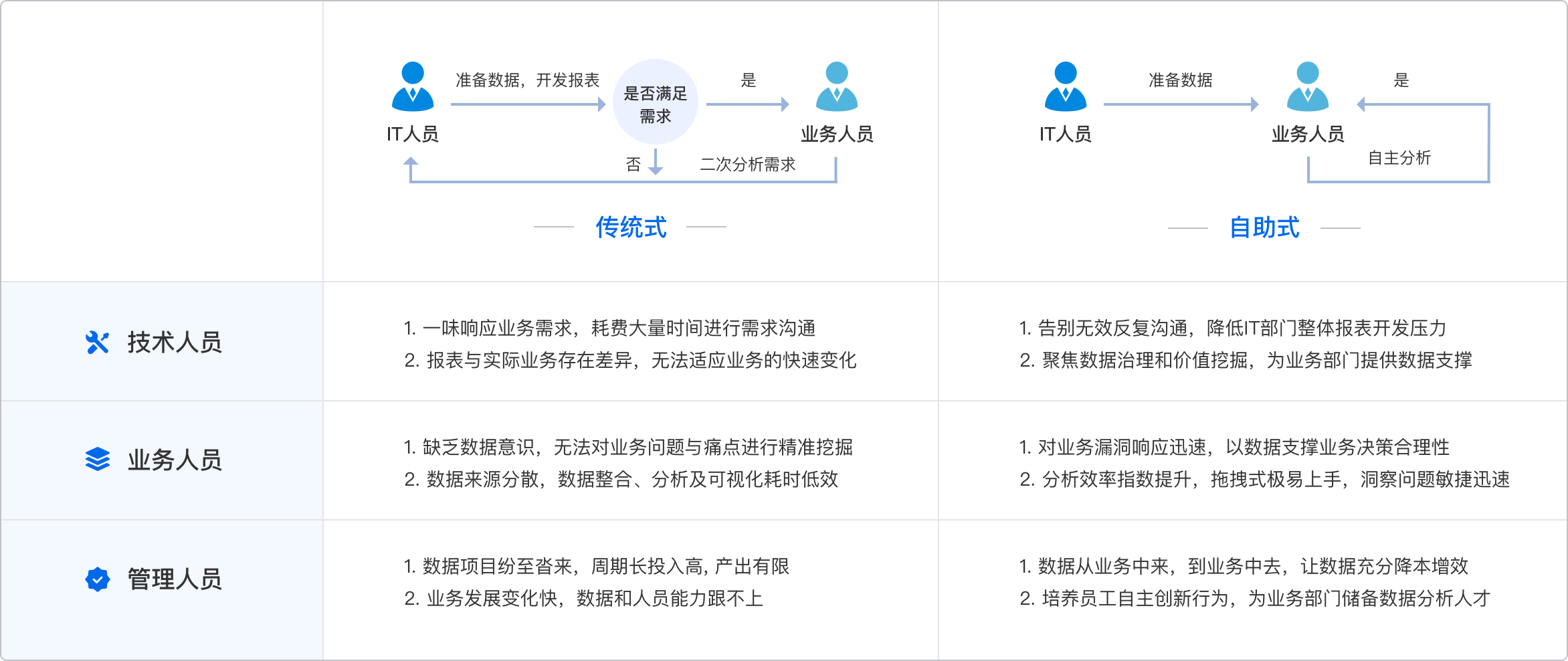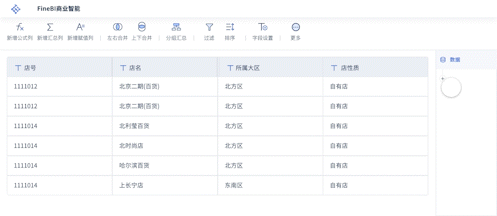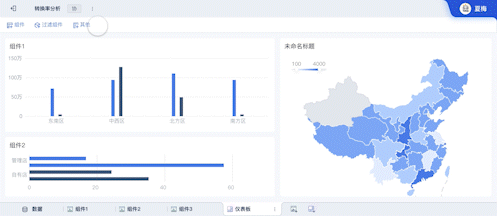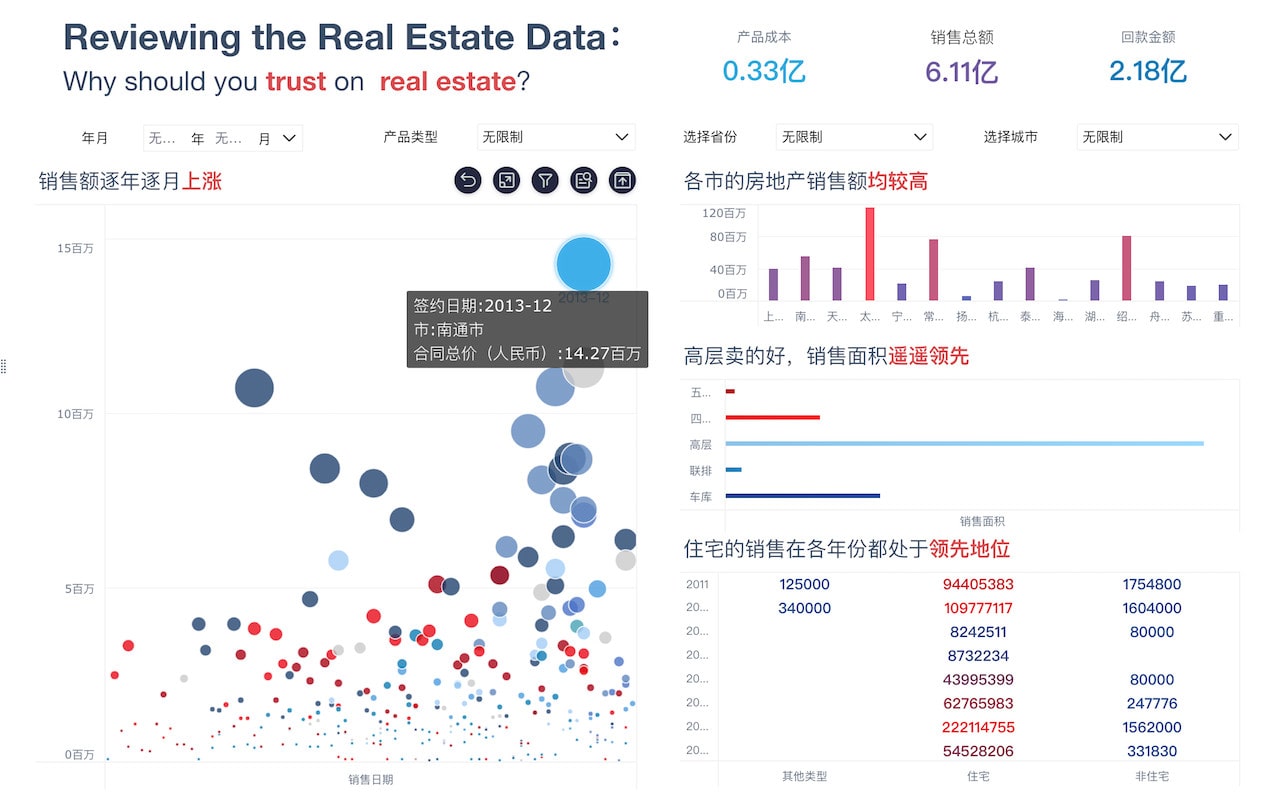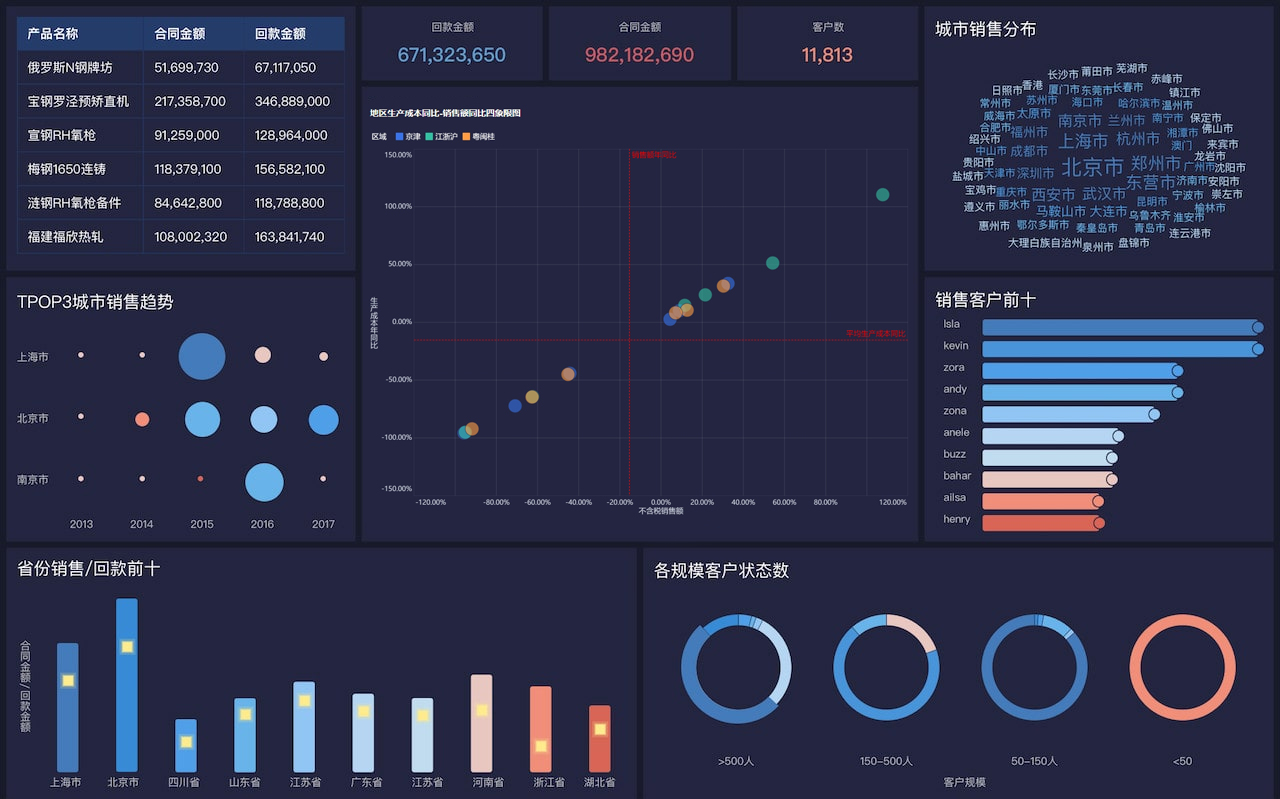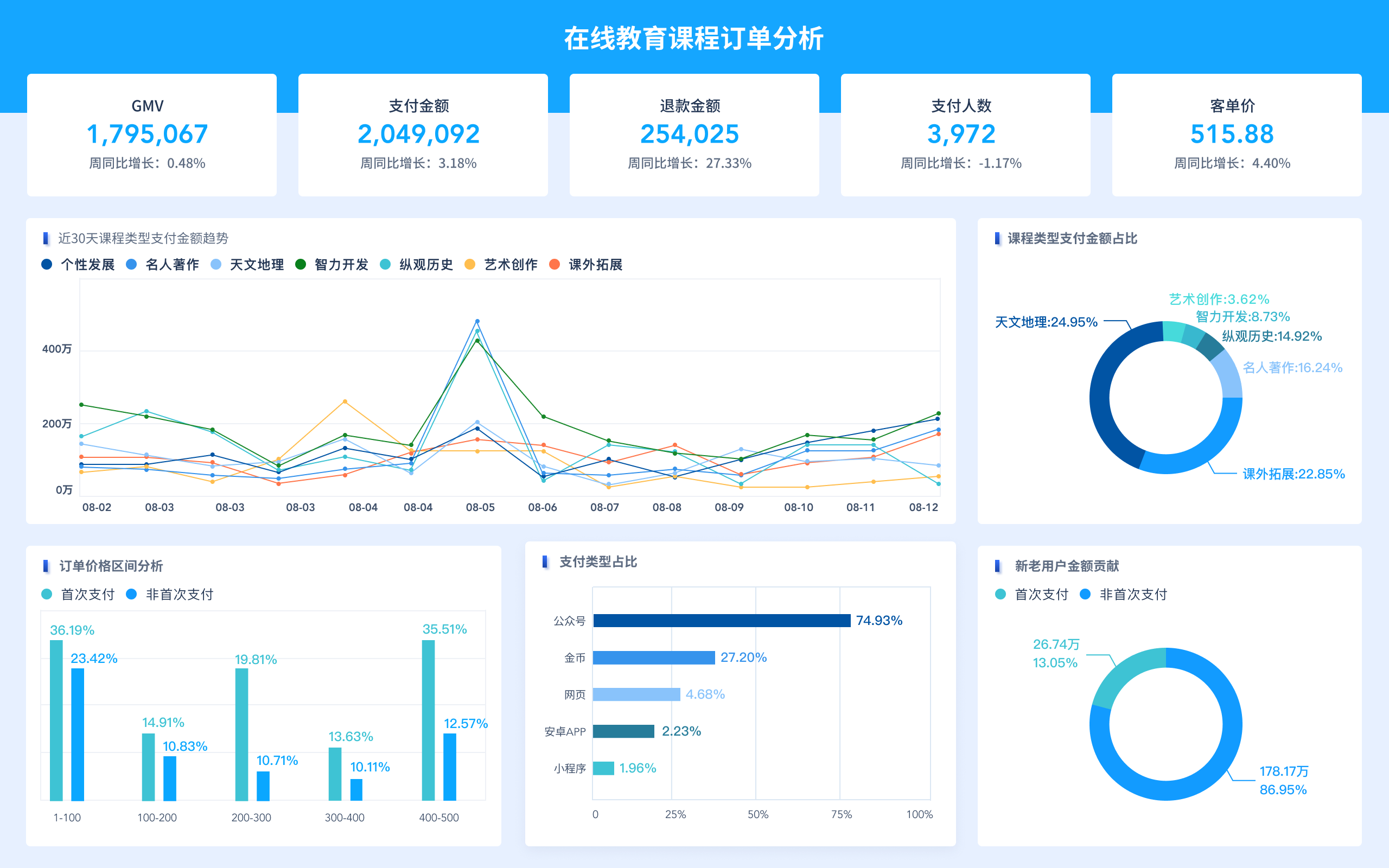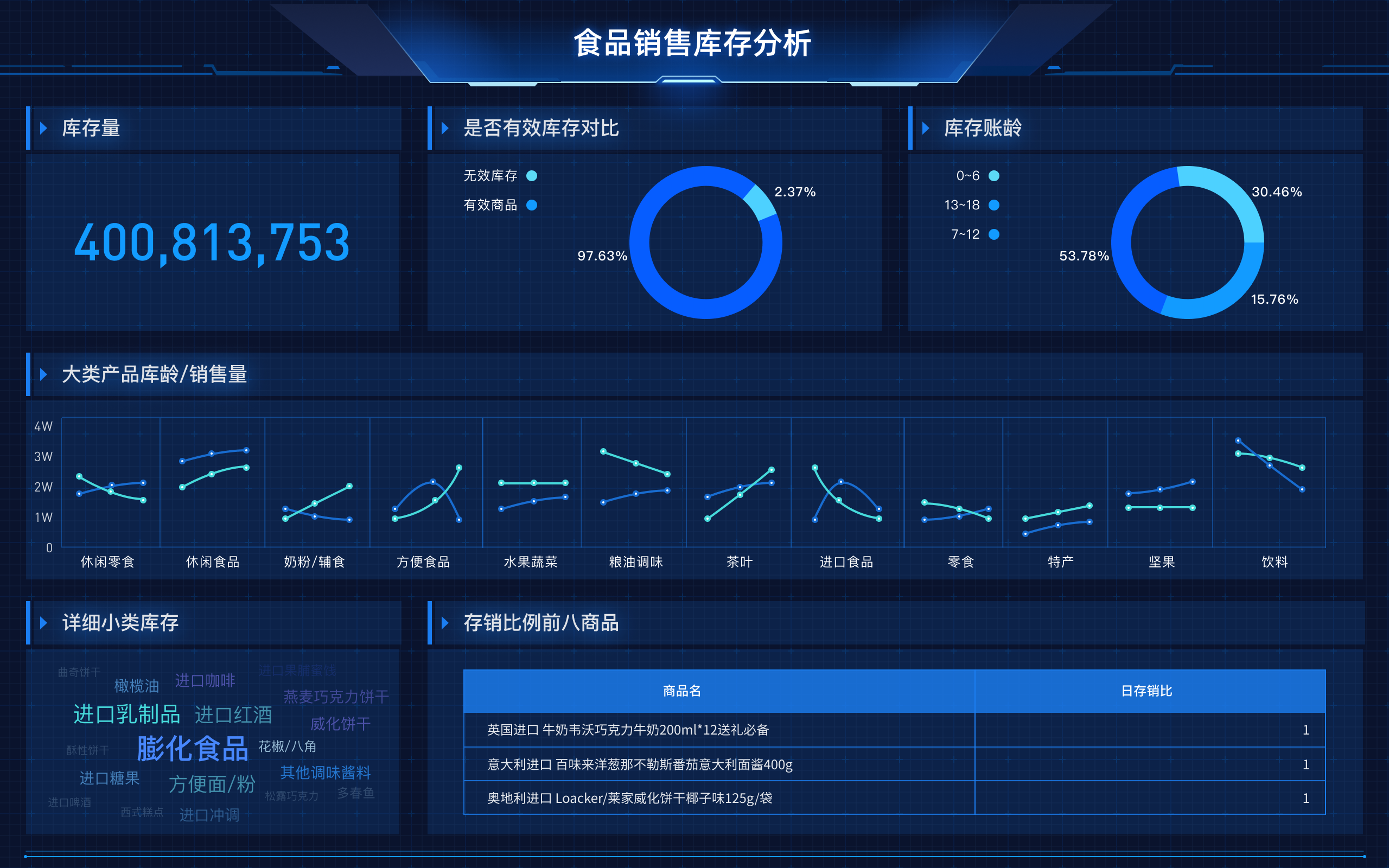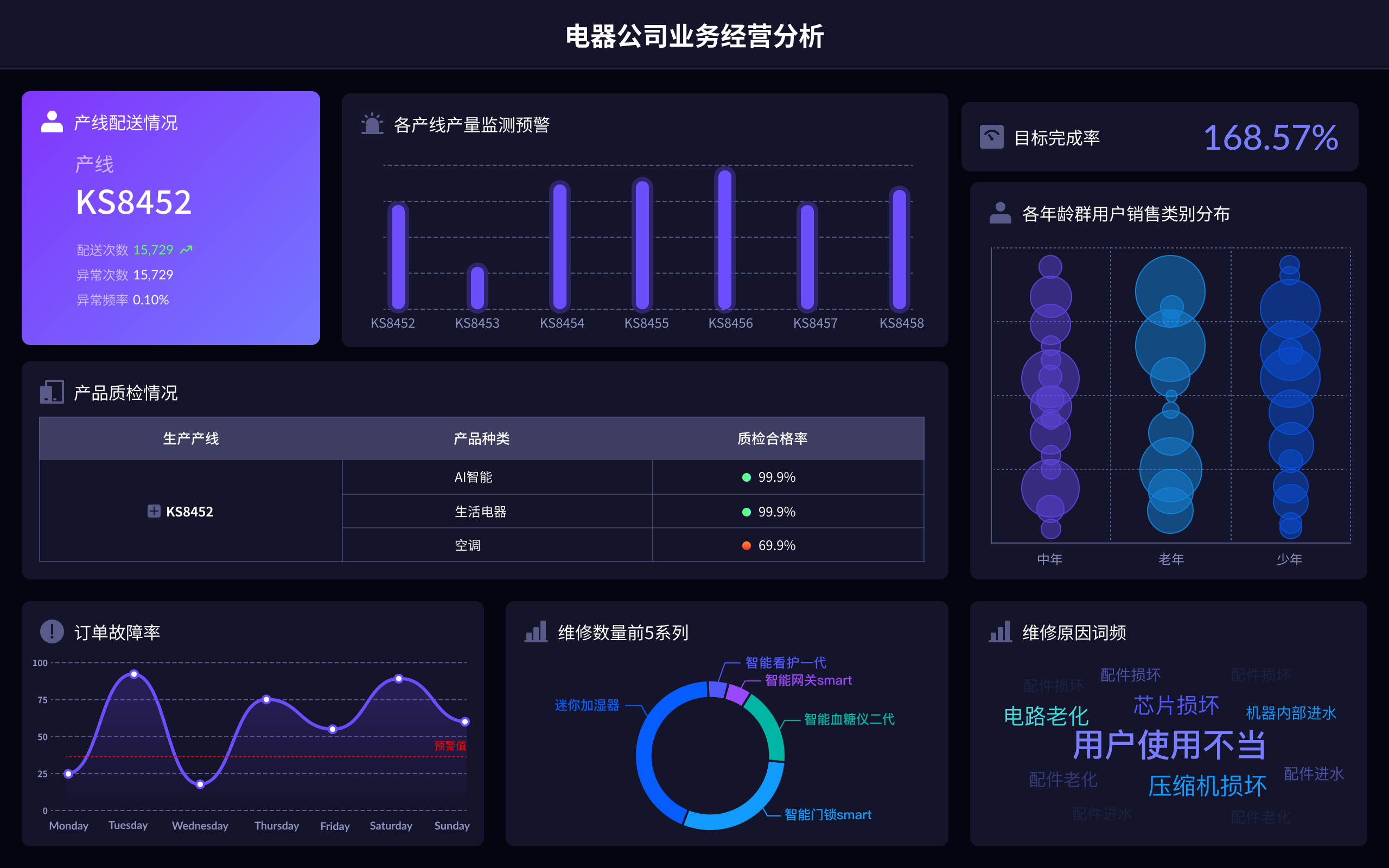
A data warehouse is a centralized repository that allows you to store all your structured and unstructured data at any scale.
Data warehouses are designed to perform queries and analysis and often contain large amounts of historical data. They are optimized for read-heavy operations and are used to consolidate data from multiple sources, making it easier to perform advanced analytics. One key feature of a data warehouse is its ability to integrate data from disparate sources, providing a comprehensive view of the business. By doing so, organizations can gain insights into their operations, understand trends, and make data-driven decisions. Unlike traditional databases optimized for transaction processing, data warehouses are optimized for complex queries and analysis, making them indispensable for business intelligence activities.
ONE, DEFINITION AND OVERVIEW
A data warehouse is a specialized type of database designed to facilitate reporting and analysis. It differs significantly from traditional databases, which are optimized for transaction processing. The main purpose of a data warehouse is to aggregate data from different sources into a single, unified view. This makes it easier to analyze large datasets and generate business insights. The architecture of a data warehouse typically includes a staging area where data is cleaned and transformed before being loaded into the central repository. This ensures that the data is consistent, accurate, and ready for analysis. Because data warehouses are designed for read-heavy operations, they are optimized to handle complex queries and large volumes of data efficiently.
TWO, COMPONENTS OF A DATA WAREHOUSE
A data warehouse is composed of several key components:
- Data Sources: These are the various databases, files, and other repositories from which data is extracted. Data sources can include CRM systems, ERP systems, flat files, and even social media feeds.
- ETL Process: ETL stands for Extract, Transform, Load. This is a critical process in which data is extracted from source systems, transformed to fit the data warehouse schema, and then loaded into the data warehouse. ETL tools are designed to handle large volumes of data and ensure data quality.
- Staging Area: Before data is loaded into the data warehouse, it is often placed in a staging area where it can be cleaned, validated, and transformed. This intermediary step is crucial for ensuring data integrity and consistency.
- Data Storage: This is the core of the data warehouse, where cleaned and transformed data is stored. Data storage is typically optimized for read performance, allowing for fast query execution and data retrieval.
- Metadata: Metadata is data about data. In a data warehouse, metadata is used to describe the structure, operations, and contents of the data warehouse. It plays a crucial role in data management and governance.
- Data Marts: These are subsets of the data warehouse that are tailored to meet the needs of specific business units or departments. Data marts allow for more focused analysis and reporting.
- OLAP Engine: OLAP stands for Online Analytical Processing. An OLAP engine allows for the fast querying and analysis of data in the warehouse. It supports complex calculations, trend analysis, and data modeling.
THREE, TYPES OF DATA WAREHOUSES
There are several types of data warehouses, each designed to meet specific business needs:
- Enterprise Data Warehouse (EDW): This is a centralized repository for all data across an organization. An EDW provides a comprehensive view of the business and supports decision-making at all levels. It integrates data from various sources, including transactional systems, external data, and operational systems.
- Operational Data Store (ODS): An ODS is used to store transactional data that is updated in real-time. It serves as an intermediary between operational systems and the data warehouse, providing near real-time reporting and analysis.
- Data Mart: A data mart is a smaller, more focused version of a data warehouse. It is designed to meet the needs of specific business units or departments, such as sales, marketing, or finance. Data marts can be dependent or independent, depending on whether they draw data from the central data warehouse or directly from source systems.
- Cloud Data Warehouse: With the advent of cloud computing, many organizations are moving their data warehouses to the cloud. Cloud data warehouses offer scalability, flexibility, and cost-effectiveness. They allow organizations to store and analyze large volumes of data without the need for on-premises infrastructure.
FOUR, BENEFITS OF A DATA WAREHOUSE
Implementing a data warehouse offers numerous benefits:
- Improved Decision-Making: By consolidating data from multiple sources, a data warehouse provides a single version of the truth. This enables more accurate and informed decision-making.
- Enhanced Data Quality and Consistency: The ETL process ensures that data is cleaned, transformed, and validated before being loaded into the data warehouse. This improves data quality and consistency.
- Faster Query Performance: Data warehouses are optimized for read-heavy operations, allowing for fast query execution and data retrieval. This is essential for timely reporting and analysis.
- Historical Analysis: Data warehouses store large amounts of historical data, making it possible to analyze trends and patterns over time. This is crucial for strategic planning and forecasting.
- Scalability: Data warehouses can handle large volumes of data and can scale to meet the growing needs of an organization. Cloud data warehouses, in particular, offer virtually unlimited scalability.
- Data Integration: By integrating data from disparate sources, a data warehouse provides a comprehensive view of the business. This makes it easier to identify correlations, anomalies, and opportunities.
- Regulatory Compliance: Data warehouses can help organizations comply with regulatory requirements by providing accurate and auditable records of data.
FIVE, CHALLENGES IN DATA WAREHOUSING
Despite the many benefits, implementing and maintaining a data warehouse can be challenging:
- Data Integration: Integrating data from multiple sources can be complex and time-consuming. Each source may have different data formats, structures, and quality issues that need to be addressed.
- Data Quality: Ensuring data quality is a critical aspect of data warehousing. Poor data quality can lead to inaccurate analysis and flawed decision-making. The ETL process must include rigorous data cleaning and validation steps.
- Scalability: As the volume of data grows, the data warehouse must be able to scale to accommodate it. This requires careful planning and architecture to ensure that performance remains optimal.
- Cost: Implementing a data warehouse can be expensive, particularly for on-premises solutions. Costs include hardware, software, and ongoing maintenance. Cloud data warehouses can help mitigate some of these costs, but they also require careful management to avoid unexpected expenses.
- Security: Data warehouses store sensitive and valuable data, making them a target for cyberattacks. Ensuring the security of the data warehouse is essential, including access controls, encryption, and regular security audits.
- Complexity: Data warehousing projects can be complex, requiring specialized skills and expertise. This includes knowledge of database design, ETL processes, data modeling, and business intelligence tools.
- Change Management: Organizations must be prepared to manage change as they implement a data warehouse. This includes training staff, updating processes, and ensuring that the data warehouse aligns with business objectives.
SIX, BEST PRACTICES FOR DATA WAREHOUSING
To maximize the benefits of a data warehouse and overcome challenges, organizations should follow best practices:
- Define Clear Objectives: Before implementing a data warehouse, it is essential to define clear objectives and goals. This includes understanding the specific business needs and how the data warehouse will support them.
- Start Small: It is often best to start with a small pilot project before scaling up. This allows the organization to test the data warehouse, identify issues, and make improvements before a full-scale implementation.
- Focus on Data Quality: Ensuring data quality is critical for the success of a data warehouse. This includes implementing robust data cleaning and validation processes as part of the ETL workflow.
- Choose the Right Tools: Selecting the right tools for ETL, data storage, and analysis is essential. This includes evaluating different vendors and solutions to find the best fit for the organization's needs.
- Invest in Training: Staff training is crucial for the successful implementation and use of a data warehouse. This includes training on data warehousing concepts, tools, and best practices.
- Monitor and Optimize: Continuous monitoring and optimization are essential to ensure that the data warehouse performs efficiently. This includes regular performance tuning, capacity planning, and updating ETL processes as needed.
- Ensure Security: Implementing robust security measures is essential to protect the data warehouse from cyber threats. This includes access controls, encryption, and regular security assessments.
SEVEN, FUTURE TRENDS IN DATA WAREHOUSING
The field of data warehousing is constantly evolving. Some key future trends include:
- Cloud Data Warehousing: The shift to cloud-based data warehouses is expected to continue, driven by the need for scalability, flexibility, and cost savings. Cloud providers are continually enhancing their offerings with new features and capabilities.
- Real-Time Analytics: There is a growing demand for real-time analytics, enabling organizations to make data-driven decisions more quickly. This requires data warehouses to support real-time data ingestion and querying.
- AI and Machine Learning: Integrating AI and machine learning with data warehousing can provide more advanced analytics and predictive insights. This includes using machine learning models to identify trends, anomalies, and opportunities.
- Data Lakes: Data lakes are becoming increasingly popular for storing large volumes of unstructured and semi-structured data. Integrating data lakes with data warehouses can provide a more comprehensive view of the data.
- Hybrid Architectures: Many organizations are adopting hybrid architectures that combine on-premises and cloud-based data warehousing solutions. This allows them to leverage the benefits of both environments.
- Data Governance: As data privacy regulations become more stringent, data governance will play a more critical role in data warehousing. This includes ensuring data quality, compliance, and security.
- Self-Service BI: There is a growing trend towards self-service business intelligence, enabling end-users to access and analyze data without relying on IT. This requires data warehouses to support user-friendly tools and interfaces.
EIGHT, CASE STUDIES AND EXAMPLES
Several organizations have successfully implemented data warehouses to drive business value:
- Retail Industry: A leading retail chain implemented a data warehouse to consolidate data from its point-of-sale systems, inventory management, and customer loyalty programs. This allowed them to gain insights into customer behavior, optimize inventory levels, and improve marketing campaigns.
- Healthcare: A large healthcare provider used a data warehouse to integrate data from electronic health records, billing systems, and patient surveys. This enabled them to improve patient care, reduce costs, and comply with regulatory requirements.
- Financial Services: A major bank implemented a data warehouse to consolidate data from its various branches, ATMs, and online banking systems. This provided a comprehensive view of customer transactions, helping them detect fraud, manage risk, and offer personalized services.
- Manufacturing: A global manufacturing company used a data warehouse to integrate data from its supply chain, production, and sales systems. This allowed them to optimize production schedules, reduce costs, and improve product quality.
- Telecommunications: A telecommunications provider implemented a data warehouse to consolidate data from its network operations, customer service, and billing systems. This enabled them to improve network performance, enhance customer satisfaction, and reduce churn.
NINE, CONCLUSION
A data warehouse is a powerful tool that can provide significant business value. By consolidating data from multiple sources, it enables organizations to perform advanced analytics, gain insights, and make data-driven decisions. While implementing and maintaining a data warehouse can be challenging, following best practices and staying abreast of future trends can help organizations maximize their investment. As data continues to grow in volume and complexity, the role of data warehousing will only become more critical in helping organizations stay competitive and achieve their strategic objectives.
相关问答FAQs:
A data warehouse is a centralized repository designed to store, manage, and analyze large volumes of structured and unstructured data from various sources. It serves as a single source of truth for an organization, enabling decision-makers to access and analyze data efficiently.
Data warehouses are specifically optimized for query and analysis rather than transaction processing. They typically contain historical data that is organized in a way that facilitates reporting and data analysis. The data in a warehouse is often extracted from multiple operational systems, transformed to ensure consistency and accuracy, and loaded into the warehouse, a process commonly referred to as ETL (Extract, Transform, Load).
One of the key features of a data warehouse is its ability to support complex queries and analytics, allowing organizations to gain insights from their data. This capability is essential for business intelligence, helping organizations to make informed decisions based on data trends and patterns.
In summary, a data warehouse is an essential component of modern data architecture, enabling organizations to store, analyze, and derive insights from large datasets in a structured and efficient manner.
本文内容通过AI工具匹配关键字智能整合而成,仅供参考,帆软不对内容的真实、准确或完整作任何形式的承诺。具体产品功能请以帆软官方帮助文档为准,或联系您的对接销售进行咨询。如有其他问题,您可以通过联系blog@fanruan.com进行反馈,帆软收到您的反馈后将及时答复和处理。


